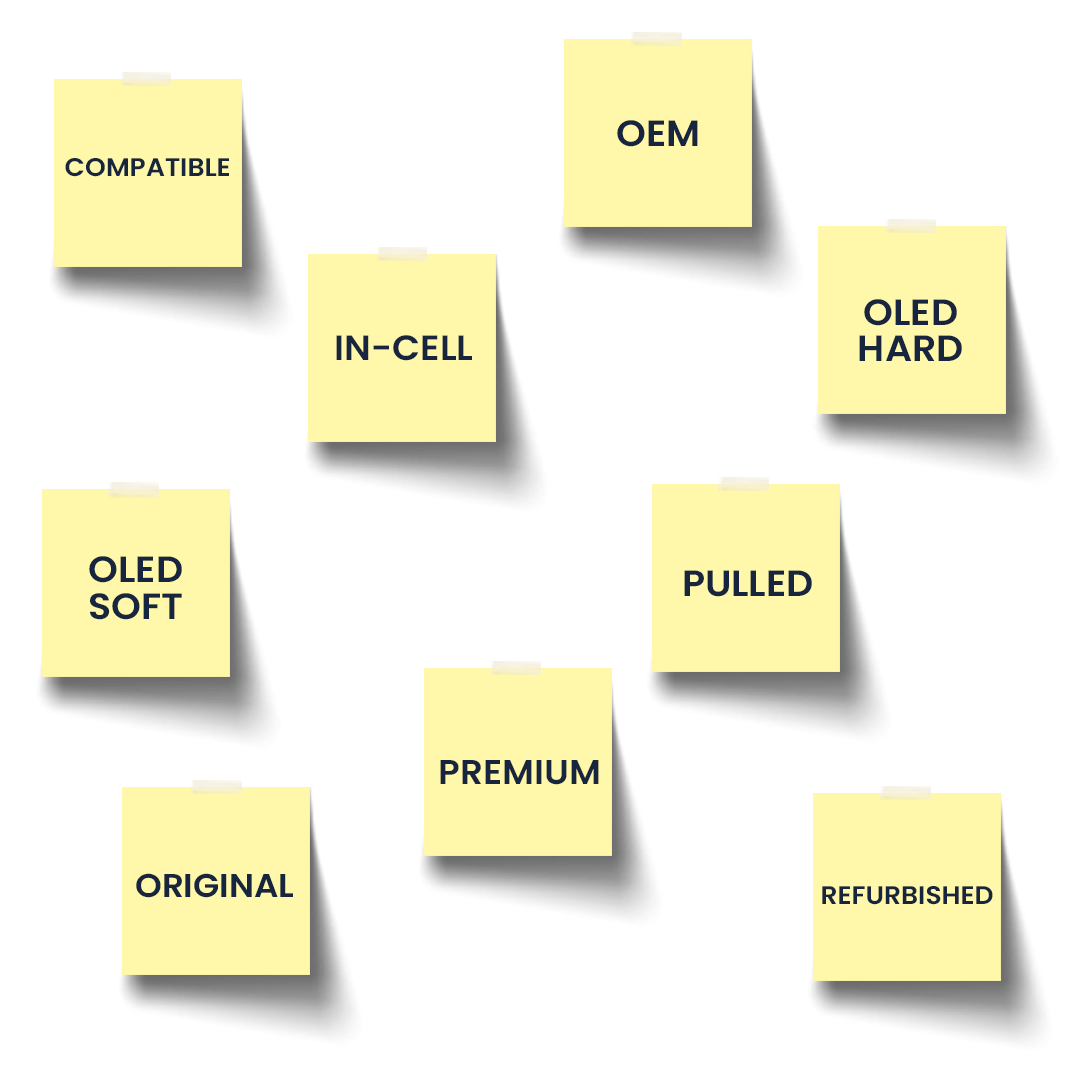Lithium-ion batteries are the heart of every electronic device these days. They supply our smartphones with electricity and are in daily use for us humans. But what is a lithium-ion battery and why does it need to be disposed of properly?
What is a lithium ion battery and how does it work?
Lithium-ion batteries are storage devices for electrical energy. They have a high energy density and a long service life. They are made up of several individual cells, which in turn are made up of current collectors, positive and negative electrodes (cathode and anode), electrolyte and a separator. When charging, electrons flow from the cathode to the anode. The separator prevents a short circuit during this process. The battery is enclosed in a plastic jacket on the outside and filled with an electrolyte. In operation, the chemical energy converts to electrical energy and the process runs in reverse. They allow our electronic devices to live without being attached to the power cord.
In addition to the many advantages that lithium-ion batteries bring with them, such as not being dependent on the socket or being quickly available everywhere, there are also disadvantages such as sensitivity to heat, cold and the effects of the sun. The way they absorb, store and release energy increases the risk of fire. The cases of burst or even exploded components are known anyway.
Proper handling of the batteries, as described in our blog, is all the more important. In this way we protect ourselves and our environment from the dangers of poor handling.
But what protects the environment from useless batteries?
Because even a LI battery will give up the ghost at some point despite its long service life, but the risks for the environment remain after its death.
Due to harmful ingredients in the LI battery, it must be disposed of correctly to prevent hazards and protect the environment.
Correct disposal of LI batteries
LI rechargeable batteries and batteries must not be disposed of with household waste! This information is not new to most people in our industry, but do your customers also know why and how or where you can dispose of such?
As previously indicated, the problem is the chemical ingredients and metals. If you mix them with normal household waste, there is a risk of causing fires if the battery is defective or should burst. Causes can already be the garbage truck when collecting the garbage. Batteries and accumulators are thrown around here and may be out and about in the sun all day. As already mentioned, rechargeable batteries are sensitive to heat.
Already knew?
In Germany, you are legally obliged to properly dispose of used accumulators and batteries. Dealers who sell rechargeable batteries and batteries are obliged to set up collection boxes. Before taking it away, it is important to store the LI battery pack in a cool, dry place away from sharp objects. If it is deformed, bloated or leaked, it should be disposed of at an appropriate collection point. Here, to ensure maximum safety, we recommend “ putting the LI battery in a container with sand to avoid explosion and fire”.
recycling
Why should we all think about how to handle LI batteries correctly?
Exactly: Because up to 75% of the materials in a rechargeable battery or battery can be returned to a new cycle. These include, above all, the metals contained such as nickel, cobalt, copper, iron or aluminum. These raw materials are not endlessly available to our world! The procurement of these mineral resources alone is often complicated, dangerous and must also be mostly scooped by hand, for this reason we should deal with these metals consciously and humbly. The simple separation of household waste and pollutants from LI rechargeable batteries or batteries already guarantees a correct and important step towards an environmentally friendly future.
If we want to change something, we may not have the opportunity at the beginning of the value chain, but certainly in the middle of it - to bring about change!




